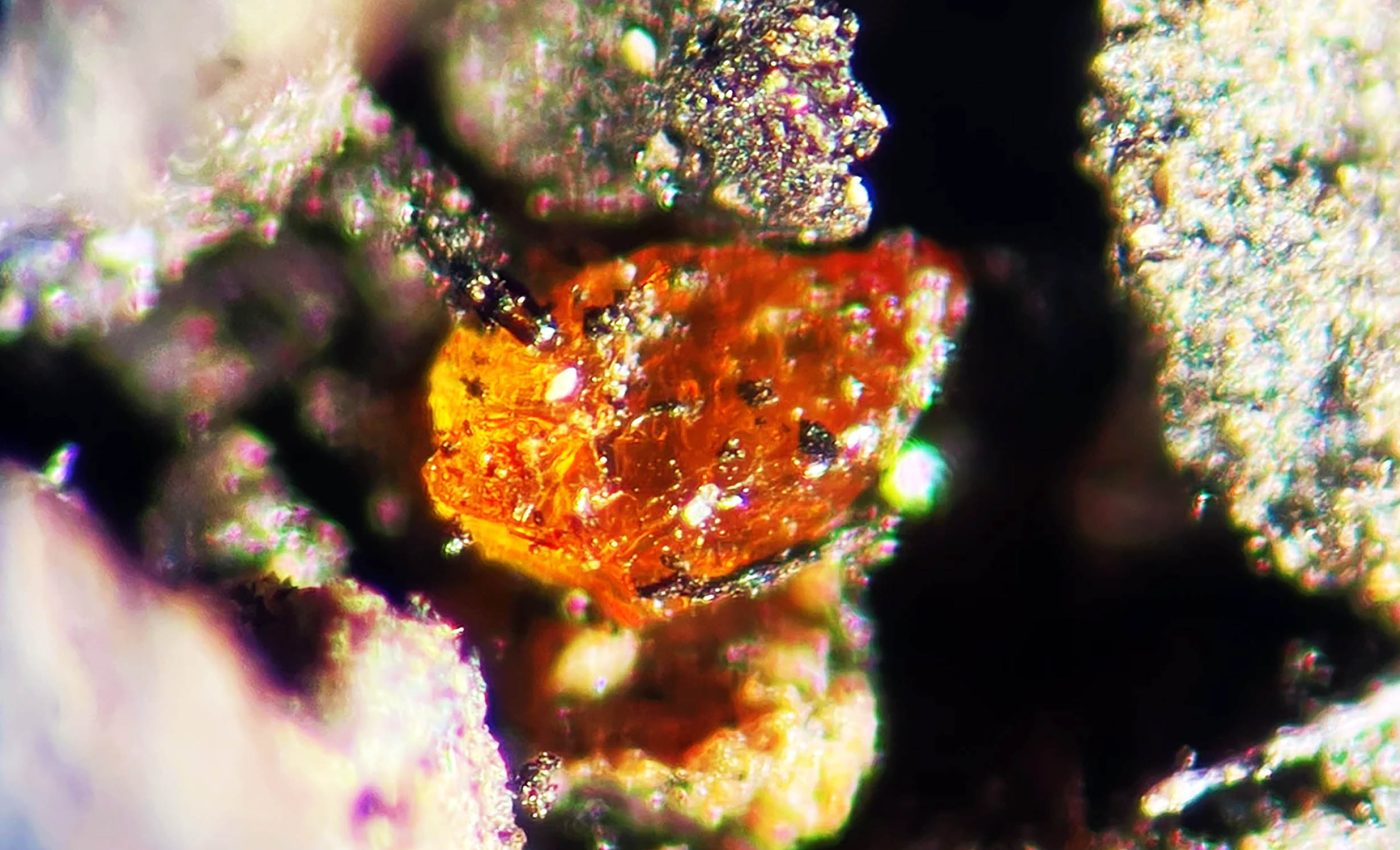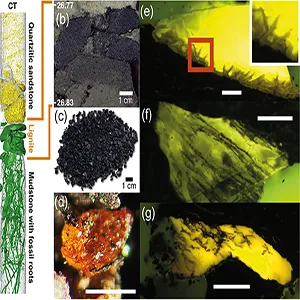
Ancient amber discovery reveals amazing truth about Antarctica
Tiny chips of amber have turned up in Antarctic seafloor sediments – the first confirmed amber ever found on the continent.
The tiny amber pieces are mid-Cretaceous in age, about 90 million years old, and point to a forested polar coast long before ice took over.
The find comes from Pine Island Bay on the Amundsen Sea coast of West Antarctica. It appears in a short article led by researchers who probe ancient Antarctic climates.
Understanding amber fossils
Amber fossils are ancient time capsules that trap and preserve organisms – like insects, plants, or even small vertebrates – in hardened tree resin.
When sticky resin oozes from a tree and captures an organism, it protects it from decay and microbial attack.
Over millions of years, that resin fossilizes into amber, perfectly preserving the trapped life inside.
These fossils give scientists an extraordinary glimpse into prehistoric ecosystems, showing details as fine as hair, feathers, or pollen grains that rarely survive in other types of fossils.
Each piece of amber is like a tiny time machine, holding stories of life that would otherwise have vanished without a trace.
Forest remnants in Antarctic amber
The Antarctica amber grains discussed in this study are small, but they still carry signs of the trees that made them.
The sediments match evidence for a temperate rainforest near the South Pole during peak Cretaceous warmth.
Antarctica had mild winters and long summer light, a separate study mapped fossil roots and pollen in nearby mudstones.
“The analyzed amber fragments allow direct insights into environmental conditions that prevailed in West Antarctica 90 million years ago,” said Johann P. Klages of the Alfred Wegener Institute (AWI) who led the amber study and helped build that earlier forest picture.
Polar darkness and months of low sun challenged year-round photosynthesis. Trees coped with short growing seasons using strategies that left chemical fingerprints in resin.
Finding and testing ancient resin
Researchers drilled the West Antarctic ice shelf from the research icebreaker Polarstern, carefully lowering a seafloor drill about 3,100 feet to reach mid shelf mudstones.
They recovered about a 10-foot-long section packed with pollen, roots, and a thin, roughly 2-inch cap of brown coal.
That cap is lignite, a soft brown coal formed from compacted peat. After air drying, the team gently crushed the lignite into tiny chips and picked out resin grains under light and fluorescence microscopes.
The Antarctica amber grains are about 0.02 to 0.04 inches across, clear to translucent, and show smooth curved breaks that are typical of resin.
Several pieces hold micro-inclusions, tiny trapped bits inside a material that look like flecks of tree bark.
Many grains show pathological resin flow, extra resin oozing after damage. Trees use that flow to seal wounds and limit insect attack, and the texture is a clue to disturbance in the old forest.

How resin stays preserved
Resin hardens as its lighter compounds evaporate and as polymers cross link in the ground. Under the right burial, resin eventually becomes amber.
Shallow burial and quick cover help preserve clear pieces because oxygen and heat break down resin.
The Antarctic amber likely stayed near the surface under wet, low oxygen layers, conditions that spare resin from cracking and decay.
Conifers dominate the pollen and root record in these layers, and that fits a resin rich forest. Many conifers rely on oleoresin, sticky terpene rich fluid in ducts, to defend their bark and wood.
That fluid can trap insects and deliver toxins that slow microbes. When trees are wounded, production ramps up and ducts can expand or multiply.
Polar fire and tree defenses
Mid-Cretaceous conditions favored frequent fire in many landscapes. Charcoal is common in rocks of this age worldwide. Studies point to high oxygen and warm climates that supported intense burning.
Fire and insect damage both trigger resin flow in living conifers today. The same responses likely operated in this polar forest, and the amber texture hints at repeated injury.
Polar nights and seasonal chill can strain tree tissues. Added heat and wounds from fire would push resin systems into high gear.
The likely source trees were gymnosperms, cone bearing seed plants such as pines and relatives. Their resin based defenses are ancient and powerful, tuned by pests and fire over long spans of time.
Antarctica amber tells a story
Until now, the southernmost amber of the age came from the Otway Basin of southern Australia. That Otway amber preserves spores, debris, and signs of surface resin flow.
Late Cretaceous amber from the Chatham Islands of New Zealand adds another high latitude record in the south. The Tupuangi Formation includes small resin pieces linked to polar forests on Pitt Island.
Antarctica was the last blank space on the amber map. Pine Island amber fills that gap and ties the polar rainforest story to a direct product of the trees themselves.
Context matters for climate debates. A forested coast at such high latitude means carbon dioxide was high and winters were above freezing.
Ice sheets were absent for long periods, conclusions drawn from fossil roots and leaf chemistry in the prior forest study.
Amber fossils, Antarctica, and future study
The new amber pieces are tiny, only sand-sized grains. Their small size means inclusions such as insects will be rare.
Even so, the grains can carry chemical signals of the parent trees. Molecular analyses can test whether the source resins match known conifer groups or extinct lines.
Fire signals can be checked in the same deposits using soot and charcoal. If wildfire drove trauma in these trees, the resin record and the coals should point the same way.
Additional cores from nearby troughs can test how widespread resin layers are. That map would anchor the forest story in space.
The study is published in Antarctic Science.
—–
Like what you read? Subscribe to our newsletter for engaging articles, exclusive content, and the latest updates.
Check us out on EarthSnap, a free app brought to you by Eric Ralls and Earth.com.
—–













